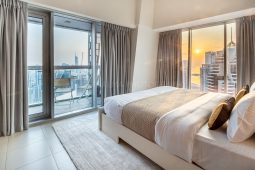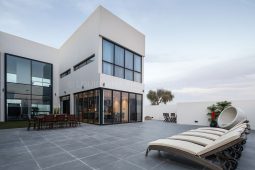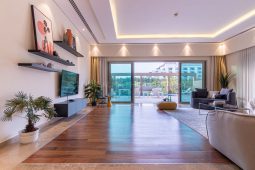It’s the Christmas season and there were Christmas trees everywhere, including a cutesy palm-sized tree on my plate. This was no ordinary tree; this was a triumph of chestnut and cassis Mont Blanc covered in green icing topped with a tiny golden ball.
The tree had been winking at me from a tier of goodies at the plushly decorated The Parlour restaurant at the iconic five-star Great Scotland Yard Hotel (of Metropolitan Police fame). It was almost too pretty to tuck into, but that didn’t stop my fork from gently plunging into its softness and scooping a little of its cream and chocolate base. It was delicious.
This singular moment was part of an afternoon enjoying the newly curated Festive Champagne Afternoon Tea. With it comes a glass of Veuve Cliquot Champagne and lashings of tea. There were 15 to choose from and we were invited to taste as many as we wanted.
The tea was served in two tiers. First the savoury then the sweet. By the time I had devoured tasty hors d’oeuvres-sized wild mushroom and rocket quiches and finger sandwiches of turkey and celeriac remoulade on brown bread topped with a dollop of cranberry sauce, the Champagne had disappeared.
 So I paired smoked salmon, caviar, horseradish cream on malted bread and egg truffle mayo and chives on pain de mie – a supersoft, slightly sweet sourdough bread – with Chenjia Garden Ali Shan tea, a creamy, tropical fruit number from Taiwan.
So I paired smoked salmon, caviar, horseradish cream on malted bread and egg truffle mayo and chives on pain de mie – a supersoft, slightly sweet sourdough bread – with Chenjia Garden Ali Shan tea, a creamy, tropical fruit number from Taiwan.
The highlight of this tier was the bite-size crispy balls of chestnut and Montgomery cheddar Yorkshire pudding which went down superbly with the honeyed notes of the Shuangji Garden Phoenix tea.
The next tier had freshly baked plain and spiced gingerbread scones with cornish clotted cream and blackberry jam. As is tradition, this is a moment to ponder what comes first the cream or the jam? I remained unsure, so I tried both methods resulting in lashings of cream and jam either way.

Finally, I got through the aforementioned Christmas tree and the hotel’s darkly sweet signature GSY bûche de Noël Spiced Jivara chocolate and bergamot teacake ball with reindeer chocolate ears. Though the Black Forest reindeer Kalingo chocolate cake with Amarena mousse offered pleasant stewed cherry flavours, I had to give up, reluctantly, after a single bite.
Verdict: Festive Champagne Afternoon Tea at The Parlour restaurant at Great Scotland Yard Hotel is fun, flavoursome and festive. Don’t miss it.
How much: The Festive Afternoon Tea from £65.
More info and to book the Festive Champagne Afternoon tea click here
Address: The Parlour, Great Scotland Yard Hotel, 3-5 Great Scotland Yard, London SW1A 2HN
The post Festive Champagne afternoon tea at The Parlour, Great Scotland Yard Hotel, London appeared first on The Travel Magazine.



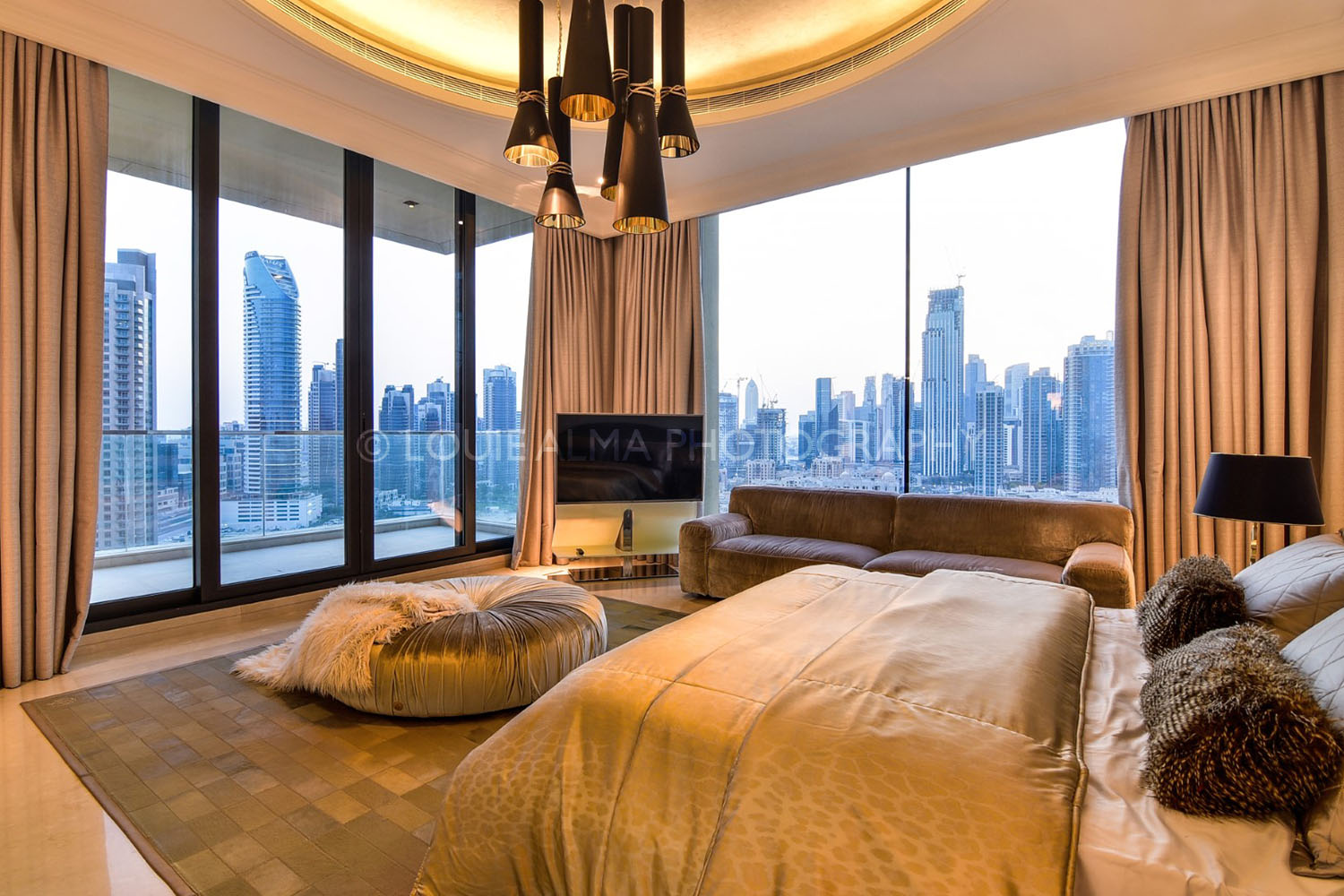


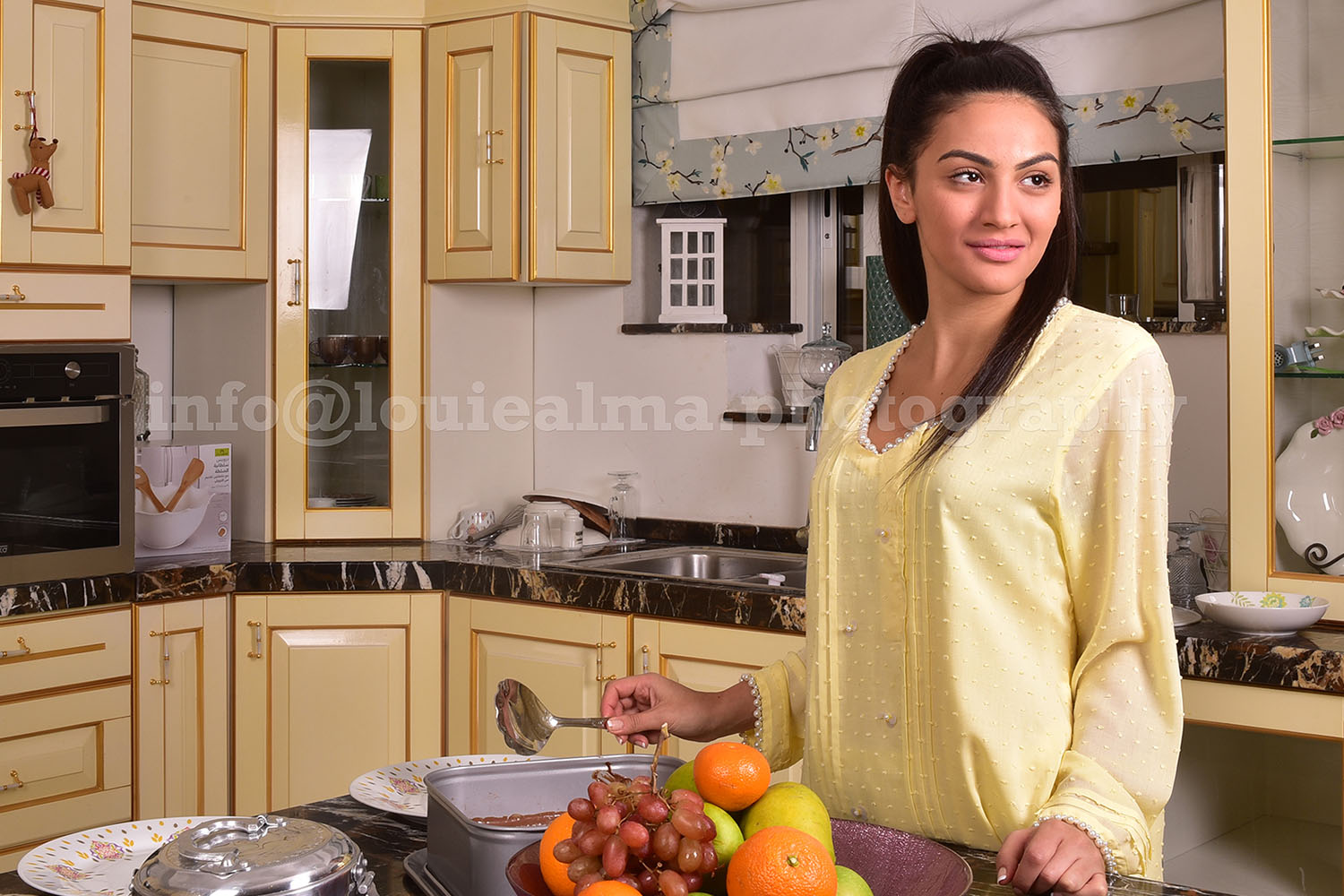








 So I paired smoked salmon, caviar, horseradish cream on malted bread and egg truffle mayo and chives on pain de mie – a supersoft, slightly sweet sourdough bread – with Chenjia Garden Ali Shan tea, a creamy, tropical fruit number from Taiwan.
So I paired smoked salmon, caviar, horseradish cream on malted bread and egg truffle mayo and chives on pain de mie – a supersoft, slightly sweet sourdough bread – with Chenjia Garden Ali Shan tea, a creamy, tropical fruit number from Taiwan.
